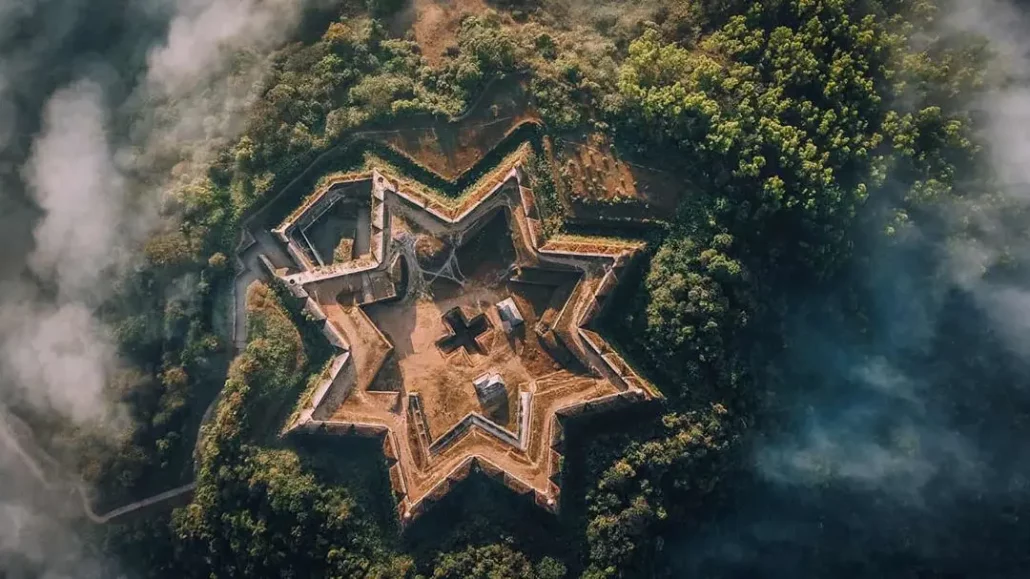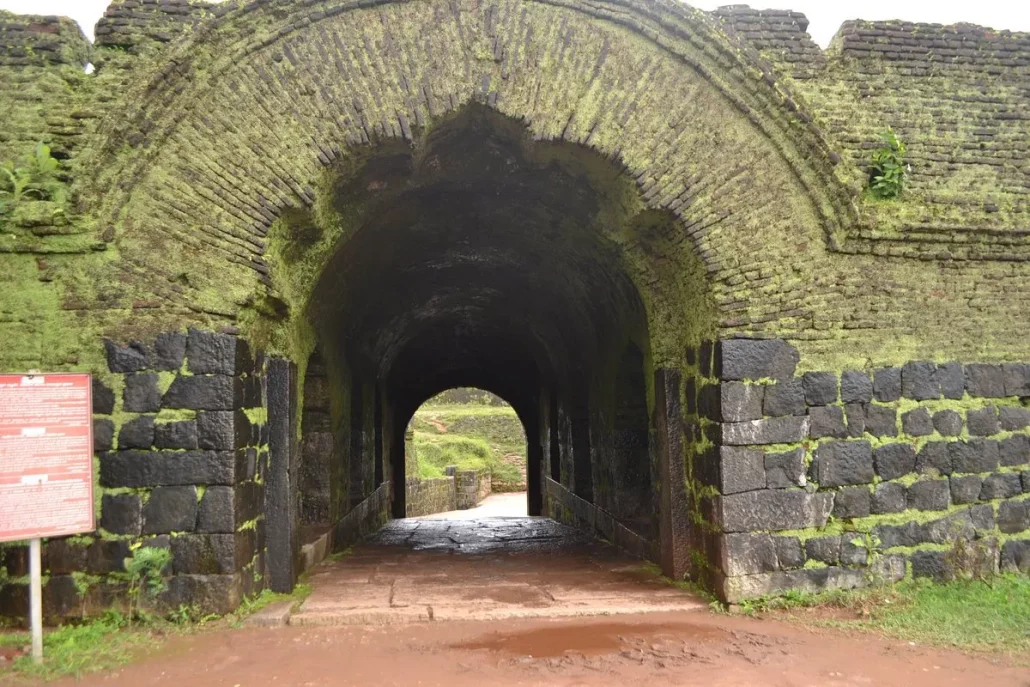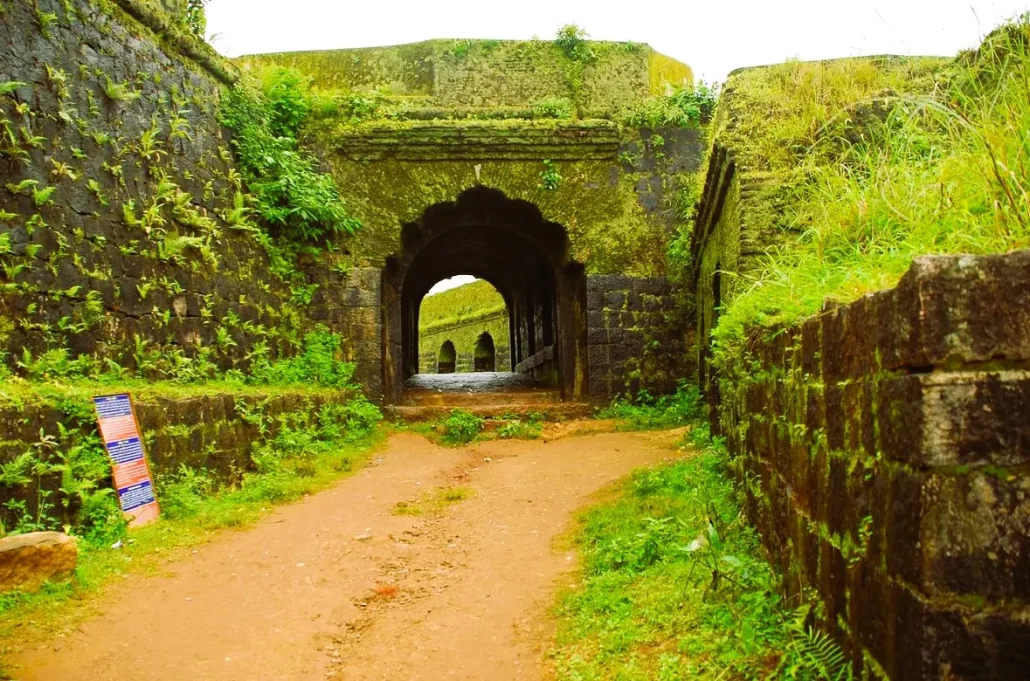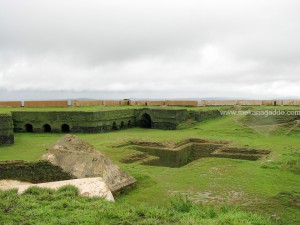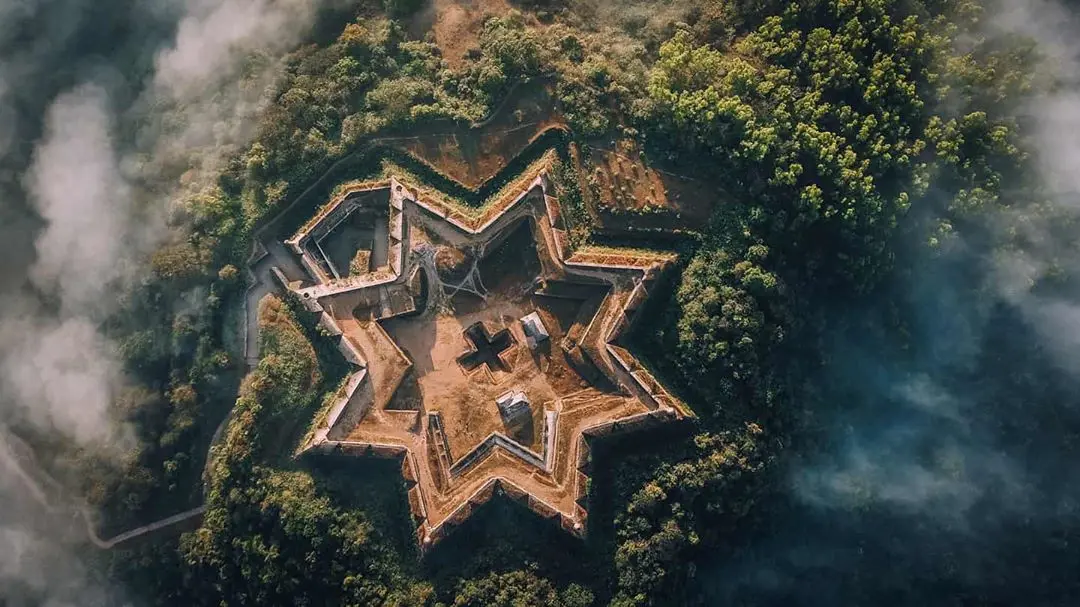Place: Manjarabad Fort
Distance: 30 Kms approx.
Region: Sakleshpur
Type: Sightseeing
The Location of Manjarabad Fort
Hassan is a district with several splendid tourist destinations. Sakaleshpur, which is one of the most prominent taluk headquarters of Hassan district, is rich with many picnic spots and popular tourist places adorned with picturesque natural sceneries and structures of exquisite art and architecture. The region is endowed with dense forests, hills, rivers, waterfalls, streams and valleys that attract the attention of connoisseurs of beauty and nature. The Western Ghats, Pushpagiri, Bisle range of forests, Hirekal hill range and the evergreen forests draw the attention of everyone.
The Manjarabad Fort is about five km away from Sakaleshpur on the south-western side. The fort has been constructed atop a hill, which is about 988 m above the ground-level. The fort can be accessed by taking a left turn on the National Highway 48. This fort was built by Tipu Sultan in 1792. It is understood that Tipu Sultan was wonderstruck by the scenic beauty of Majirabad after witnessing it from the fort and therefore named the fort as Manjirabad Fort. The enchanting beauty of nature can only be perceived by standing on the fort wall and taking a look at the surroundings. The green-masked altar of uneven hillocks, dense forests, valleys and streams that bequeath all nature-lovers spellbound needs only to be seen to believe.
The Inspiration to Manjarabad Fort
Today, Manjarabad, is off the beaten track, although its rain forests, albeit depleting in recent years due to rapid urbanization and development work still a lure, the thick mist covering the lush green as far as one’s eyes can see. The fort sits at an altitude of 3,240 feet above sea level with the rocky structure overlooking the vast expanse of plains on the one side and the craggy peaks of the Western Ghats on the other. Constructed by Tipu in 1792, was greatly influenced by Fort Williams built by the British in Kolkata, and planned the fort in a similar manner with an eight-pointed star design, say archaeologists of the Archaeological Survey of India (ASI), custodian of the monument.
The Path to Manjarabad Fort
The climb to the hill for a view of the breathtaking monument starts at a curve near Donigal about 6.4 km from Sakleshpur. Climbers have to take a muddy road for a few metres before a concrete path greets them with supporting railings on either side, constructed by the department of tourism.
Why the name Manjarabad? During an inspection of the fort while it was being constructed, Tipu observed the fog cover. Manju is the Kannada term for fog or mist and the Mysuru ruler, observing the beautiful landscape, felt no name would suit it better than Manjarabad. The fort came in useful for him to keep an eye on the British army as well as the Kodagu army as they marched towards Mysuru from the Sakleshpur side. It was, according to historian Srivatsa Vati, a fort to store arms and ammunition.
The History of the region
The place had a history of its own even before Tipu built his fort. The Palegars who ruled the region, had their capital at Maninagapura (present Aigoor) and from these Palegars (vassals), Sivappa Nayaka of Ikkeri, annexed the region in 1659. Later, it fell into the hands of Tipu who constructed the fort.
Architecture of Manjarabad Fort
Built using large granite blocks and mud and surrounded by a deep moat, the fort has a parapet in brick and mortar, provided with cannon mounts and musket holes at regular intervals. Inside, one can espy a cross-shaped tank to collect rainwater to meet the drinking water requirements of the guards. All along the north-western and northern sides are arched cells which served as resting places for guards.
A tunnel inside the fort is said to lead to Srirangapatna, and some believe Tipu used to travel back and forth on his horse. The fort walls are solid enough to last many more years provided the ASI ensures the historic structure is maintained properly. Owing to lack of attention, the fort walls have fungal growth, rue tourists, who feel signages would provide an insight into the 16th century fort.
An ancient fort with its design reminding you of the stars, a mysterious mist cover which just refuses to disappear and huge walls from where mighty cannons blazed away at the enemy in battles bygone as rulers locked horns for their place in the annals of history. Manjarabad has all these and a lot more but sadly, remains one of the many heritage structures in Karnataka which have never got the attention they deserved. Or the care which any other administration would have bestowed on it.
